Suburbia was the quintessential representation of the characteristics of Post-War America. The suburb was the American Dream embodied, affordable and yet high quality housing free from the noise, pollution and distractions of the city. At the same time, it was also close enough to the city to commute. The second characteristic was that of the prejudice still inbuilt in American society after World War 2, in many suburban communities, African Americans and Asian Americans were mostly denied residence.
The archetypical 'Nuclear Family' in the 'ideal neighbourhood.'
The prototype of the American Suburb was Levittown, Long Island in New York state. William Levitt is described as the father of this form of suburbia. In 1929 William's father, Abraham, founded the real-estate development company Levitt & Sons. William Levitt served as the company's president and controlled most aspects, except the design of the homes which fell to his brother Alfred. They had produced a number of middle-class houses on Long Island before the war, but construction prices soared during the war. William Levitt served in the Navy during the war and following his return he saw the need for homes for veterans.
Several factors caused a high demand for housing after WW2. The postwar years in the US created a baby boom. A housing crisis saw apartments congested with reunited couples and their children. The city of Chicago had been selling its retired trolley as homes. Furthermore, some 50,000 returning veterans had took up residence in army huts. Levitt's solution was cheap, affordable housing, and provided a more ideal and modern form of accommodation. Using techniques he had learned from those he had used in military building, he used mass production through an assembly-line system. As Levitt put it 'We were not builders, We are manufacturers.' also declaring his company 'the General Motors of the housing industry.' Although Levitt did not invent this method, it had been used before in California, he was certainly the first to implement it on the scale he did for his newly-built communities. At the peak of Levittown's construction a home was produced every 16 minutes. This allowed him to sell housing cheaply, his product first sold for $7,990 with a 5% down payment, 0% if you were a veteran and a 30 year mortgage. GI Bill benefits ensured that all returning soldiers were guaranteed a home loan, furthermore the Housing Bill of 1948 also contributed against the housing shortage.
The large-scale manufacturing of houses in Levittown.
The popular image of the suburb is that of the white-picket fences, the General Motors car and the family dog. This may be because the suburban homes were duplicates, this furthering the level of Mass Production. TVs came with the purchase of the house. Kitchens were fully fitted with the latest appliances. Potential buyers were informed of the benefits of open plan living, in contrast to the walled and cramped dining experienced in the city. The large green spaces, also provided a welcome respite to the city life. The problem was that all this led to accusations of conformism and materialism. And although the suburbs appeared to be popular among potential home-buyers, there were notable critics.
Eric Larrabee in Harper's Magazine called 'the little Levitt house American suburbia reduced to its logical absurdity' and urban historian Lewis Mumford described the community that these houses constituted 'a uniform environment from which escape is impossible.' In these communities, arose several authors who criticised the supposed suffocating nature of the suburb. Richard Yates, writer of Revolutionary Road, pointed the 'blind, desperate clinging to safety and security at any price, as exemplified politically in the Eisenhower administration and the Mccarthy witch hunts'. For those who had lived through the Great Depression and World War II, the suburbs represented unimaginable luxury. To some the suburb was seen as easy way out- safety, but at the expense of conformity.
The similitude within these mass produced suburbs, also meant that most of the people living in the neighbourhoods were at the same stage of life and of the same economic status. This resulted in a situation where class divisions were lowered, as homeownership grew and the postwar economic boom went hand in hand with people moving to the suburbs and the growth of the middle-class. Furthermore, long-standing prejudices in the suburbs based on religion and ethnicity weakened, such as those between Italians and Germans, or Catholics and Jews, due to the shared experience of veterans during the war. However, the suburbs also showed the prejudices that were still prevalent in American society.
Aerial view of Levittown from 1959.
Many suburbs denied residence to African Americans or Asian Americans.Agreements were in place between homeowners in suburbs in which it was agreed people would not sell their home to these minorities. It was believed that if they moved it would lower house prices. Although in 1948, the Supreme Court made this type of agreement illegal, they were not enforceable. Segregation continued and often it was enforced by violence and intimidation. In 1960 there was a single black person in Levittown. Banks also refused to lend money for new homes or improvements for inner city neighbourhoods where minorities lived, this was called redlining- derived from mortgage security maps where minority neighbourhoods were shaded red to mark them as 'risky investments'. This meant that government subsidies for suburban building furthered the physical and economic distance between African Americans and whites.
The development of suburbs also furthered the conformism surrounding the role of women in society. Although, 30% of women did work outside of the home to some degree in the 1950s, in popular culture it was evident that there a shift from the praise of women for their role in the war effort to portraying them as the stereotypical housewife. This role included raising a family, tending to their husband's needs and buying the latest household appliances. Whereas, during the war 350,000 women had served in the armed forces and the female percentage of the workforce rose from 27% to 37% (1940-45) ,due to the large scale enlistment of males, in the 1950s this dropped back by 7%. However, at the same, partially due to being empowered by the war, many women began to question whether life should be confined to the household.
The archetypical 'Nuclear Family' in the 'ideal neighbourhood.'
The prototype of the American Suburb was Levittown, Long Island in New York state. William Levitt is described as the father of this form of suburbia. In 1929 William's father, Abraham, founded the real-estate development company Levitt & Sons. William Levitt served as the company's president and controlled most aspects, except the design of the homes which fell to his brother Alfred. They had produced a number of middle-class houses on Long Island before the war, but construction prices soared during the war. William Levitt served in the Navy during the war and following his return he saw the need for homes for veterans.
Several factors caused a high demand for housing after WW2. The postwar years in the US created a baby boom. A housing crisis saw apartments congested with reunited couples and their children. The city of Chicago had been selling its retired trolley as homes. Furthermore, some 50,000 returning veterans had took up residence in army huts. Levitt's solution was cheap, affordable housing, and provided a more ideal and modern form of accommodation. Using techniques he had learned from those he had used in military building, he used mass production through an assembly-line system. As Levitt put it 'We were not builders, We are manufacturers.' also declaring his company 'the General Motors of the housing industry.' Although Levitt did not invent this method, it had been used before in California, he was certainly the first to implement it on the scale he did for his newly-built communities. At the peak of Levittown's construction a home was produced every 16 minutes. This allowed him to sell housing cheaply, his product first sold for $7,990 with a 5% down payment, 0% if you were a veteran and a 30 year mortgage. GI Bill benefits ensured that all returning soldiers were guaranteed a home loan, furthermore the Housing Bill of 1948 also contributed against the housing shortage.
The large-scale manufacturing of houses in Levittown.
The popular image of the suburb is that of the white-picket fences, the General Motors car and the family dog. This may be because the suburban homes were duplicates, this furthering the level of Mass Production. TVs came with the purchase of the house. Kitchens were fully fitted with the latest appliances. Potential buyers were informed of the benefits of open plan living, in contrast to the walled and cramped dining experienced in the city. The large green spaces, also provided a welcome respite to the city life. The problem was that all this led to accusations of conformism and materialism. And although the suburbs appeared to be popular among potential home-buyers, there were notable critics.
Eric Larrabee in Harper's Magazine called 'the little Levitt house American suburbia reduced to its logical absurdity' and urban historian Lewis Mumford described the community that these houses constituted 'a uniform environment from which escape is impossible.' In these communities, arose several authors who criticised the supposed suffocating nature of the suburb. Richard Yates, writer of Revolutionary Road, pointed the 'blind, desperate clinging to safety and security at any price, as exemplified politically in the Eisenhower administration and the Mccarthy witch hunts'. For those who had lived through the Great Depression and World War II, the suburbs represented unimaginable luxury. To some the suburb was seen as easy way out- safety, but at the expense of conformity.
The similitude within these mass produced suburbs, also meant that most of the people living in the neighbourhoods were at the same stage of life and of the same economic status. This resulted in a situation where class divisions were lowered, as homeownership grew and the postwar economic boom went hand in hand with people moving to the suburbs and the growth of the middle-class. Furthermore, long-standing prejudices in the suburbs based on religion and ethnicity weakened, such as those between Italians and Germans, or Catholics and Jews, due to the shared experience of veterans during the war. However, the suburbs also showed the prejudices that were still prevalent in American society.
Aerial view of Levittown from 1959.
Many suburbs denied residence to African Americans or Asian Americans.Agreements were in place between homeowners in suburbs in which it was agreed people would not sell their home to these minorities. It was believed that if they moved it would lower house prices. Although in 1948, the Supreme Court made this type of agreement illegal, they were not enforceable. Segregation continued and often it was enforced by violence and intimidation. In 1960 there was a single black person in Levittown. Banks also refused to lend money for new homes or improvements for inner city neighbourhoods where minorities lived, this was called redlining- derived from mortgage security maps where minority neighbourhoods were shaded red to mark them as 'risky investments'. This meant that government subsidies for suburban building furthered the physical and economic distance between African Americans and whites.
The development of suburbs also furthered the conformism surrounding the role of women in society. Although, 30% of women did work outside of the home to some degree in the 1950s, in popular culture it was evident that there a shift from the praise of women for their role in the war effort to portraying them as the stereotypical housewife. This role included raising a family, tending to their husband's needs and buying the latest household appliances. Whereas, during the war 350,000 women had served in the armed forces and the female percentage of the workforce rose from 27% to 37% (1940-45) ,due to the large scale enlistment of males, in the 1950s this dropped back by 7%. However, at the same, partially due to being empowered by the war, many women began to question whether life should be confined to the household.
On the left an advert praises the role of female servicemen, on the right the woman prepares to serve her husband when he returns presumably from work.
The suburb also also played a role in Mccarthyism in the 1950s. The racial segregation within suburbia was used justify a communties 'Americanism', those who supported integration within these were seen as the most un-American person, a Communist. One of the ways the US Government tried to address the housing shortage was through some public housing programmes, right-wing politicians vilified this as a form of socialism. Senator Joseph Mccarthy himself called public housing projects 'as breeding ground[s] for communism'. Mccarthy and the Levitts joined forces in promoting Levittown as an alternative and more capitalistic approach than public housing to the shortage of homes after World War II. William Levitt is quoted as saying 'No man who owns his own home and lot can be a Communist, he has too much to do.' However, others also used the idea of of communism in regards to suburbs. In Levittown only slight variations could be found within the homes colour, window treatment and roofline. The writer Pearl Buck once compared the architectural and racial uniformity of suburbia as reminiscent of the conformism found in Communist China. The production of identical housing also meant that differences within regional architecture and urban planning began to fade within the United States.
Houses within Levittown in 1950.
The suburbs also affected the everyday life of the American citizen. A large part of this change was due to the distance between home and work, commuting became a part of everyday life. By 1950, 80% of Levittown males commuted to Manhattan. The rise of commuting also meant the rise of the car as part of everyday life. By 1955 US car companies were producing 8 million cars a year, this was three times the number produced in 1945. As a result of the increasingly car-based society, states and federal government increasingly spent money on infrastructure to meet this demand, for example they invested in an interstate highway system in the late 1940s and the 1950s. The rise of suburbia helped to promote a 'car-culture' which replaced public transportation. Another issue regarding the postwar population shift to suburbs was political, people pay taxes based on where they live and political representatives can be distributed on the basis of population.
Adverts for Cadillac cars from 1960.
The legacy of the suburbs of post-war America. is mixed for many people it represented an increase in living standards that equivocate to a modern and less crowded way of life. Arguably, the suburbs were seen as a form of increased social mobility. Anybody, could now live the 'American Dream', as long as they fitted the criteria. Racial prejudices meant that minorities, such as African Americans, could not live this 'dream'. Whereas, as women were once again confined in their assigned role of the housewife. To some the conformism of the suburb was almost a suffocation of individuality and the height of uniformity. Nevertheless, the movement to the suburbs had a profound affect on American society, even today 4 out of 5 Americans live in suburbs. The large scale migration of people to the outskirts of cities nevertheless had a huge impact on the shift of population and the building of infrastructure. Therefore, the building of the post-war suburbs can be essentially seen as a change to a culture based on commuting to work.
Bibliography:
https://www.khanacademy.org/humanities/us-history/postwarera/postwar-era/a/the-dark-side-of-suburbia
http://ushistoryscene.com/article/levittown/
http://www.history.com/topics/world-war-ii/american-women-in-world-war-ii
https://www.theguardian.com/cities/2015/apr/28/levittown-america-prototypical-suburb-history-cities
https://envisioningtheamericandream.com/
http://mentalfloss.com/article/66434/man-who-built-suburbia
Image credit goes to:
https://www.theguardian.com/cities/2015/apr/28/levittown-america-prototypical-suburb-history-cities
https://envisioningtheamericandream.com/
WikiCommons
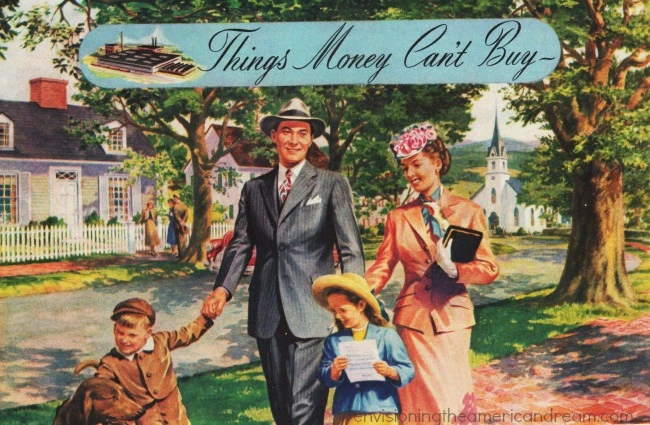
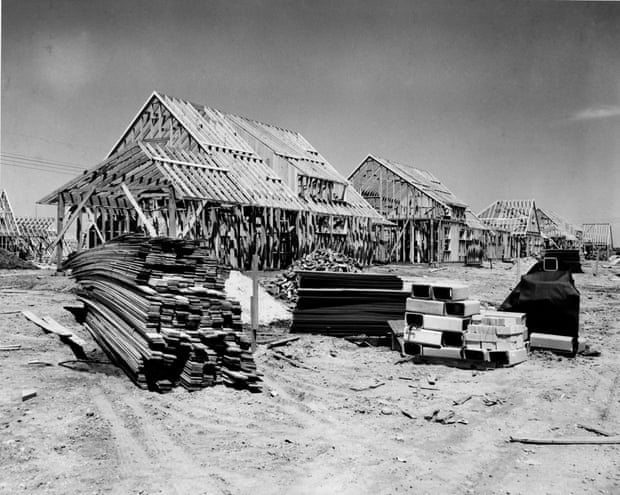

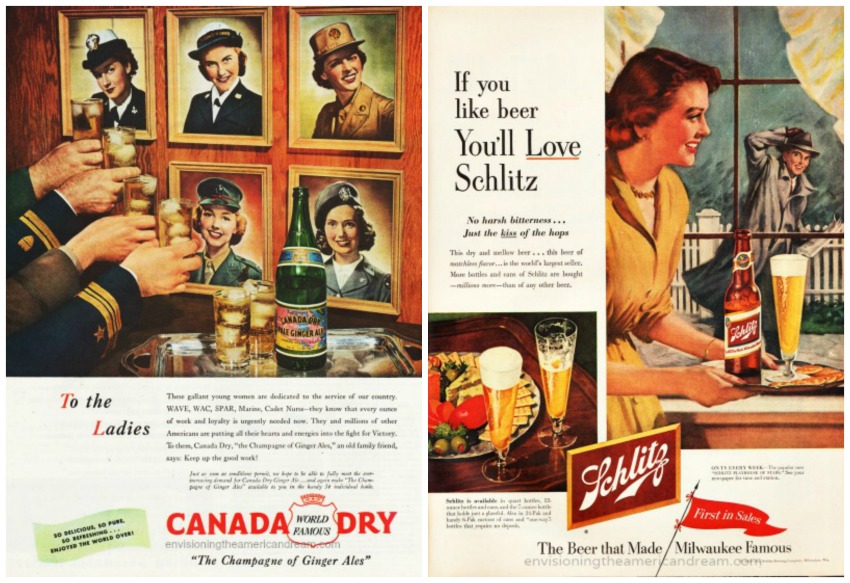
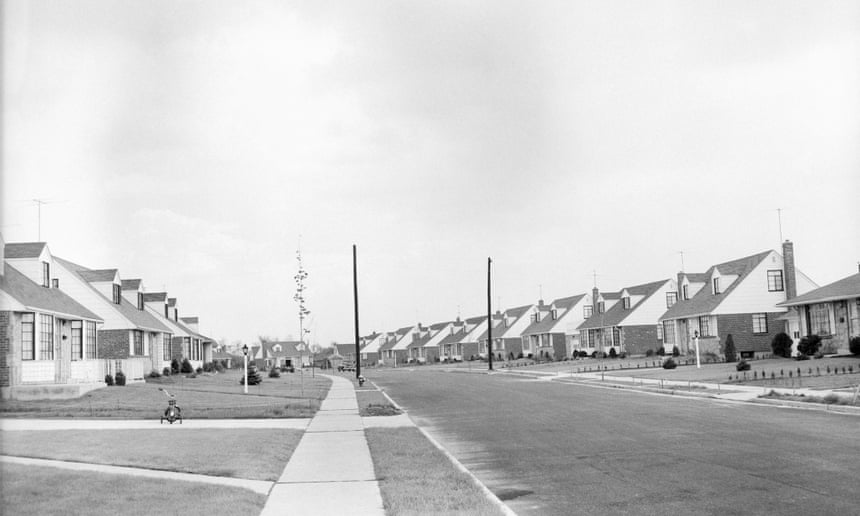
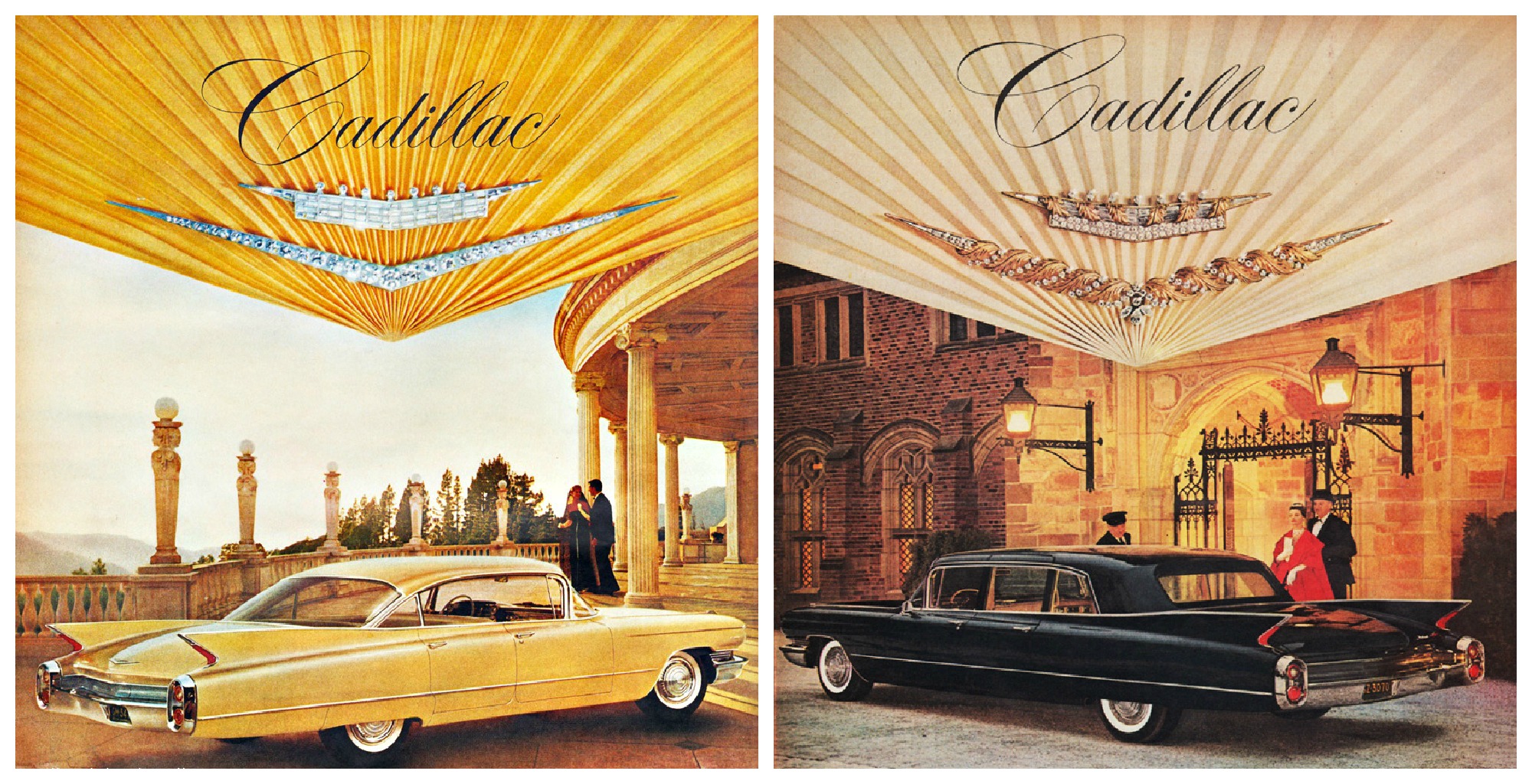
YOUNG SUCKING MONEY I LOVE IT.
ReplyDeletepeace out Y'ALL
"Women confined to assigned role as housewife... Suffocation of individuality... Height of uniformity..." Wow, well that isn't just peeled right off of some standard propaganda. So woke.
ReplyDeleteObligatory "Muh racism" just because pussies today can't talk about anything in the past without centering it around muh wacism.
Do you have any honest individual thoughts, or do you get ALL your garbage opinions from Libshit professors and Hollywood? Go kys. If only the American Dream would be given life again.
Bit harsh, Anonymous? I found it quite a useful overview that I will show to my students before studying 'All My Sons'.
ReplyDeleteThanks.
Hi, I'm glad you found it useful, thanks. I wrote this a few years ago now, so I probably would make it more nuanced if I did it again.
DeleteLoved this overview. Found it very informative, as the post war suburban aesthetic is present in many pieces of the United State's culture. Thanks for the article!
ReplyDelete